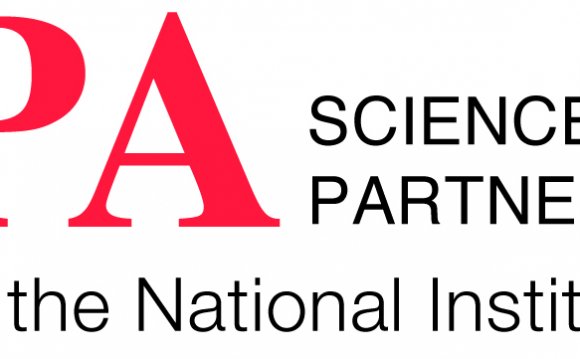
The most familiar examples of material particles are the electron, the proton and the neutron. Combinations of these particles form atoms. There are more than 100 different kinds of atoms, each kind constituting a unique chemical element. A combination of atoms forms a molecule. Atoms and/or molecules can join together to form a compound.
Matter can exist in several states, also called phases. The three most common states are known as solid, liquid and gas. A single element or compound of matter might exist in more than one of the three states, depending on the temperature and pressure. Less familiar states of matter include plasma, foam and Bose-Einstein condensate. These states occur under special conditions.
Different kinds of matter can combine to form substances that may not resemble any of the original ingredients. For example, hydrogen (a gaseous element) and oxygen (another gaseous element) combine to form water (a liquid compound at room temperature). The process of such combination is called a chemical reaction. A chemical reaction involves interactions between the electrons of the atoms, but does not affect the nuclei of the atoms.
In some situations, matter is converted into energy by atomic reactions, also known as nuclear reactions. This type of reaction is fundamentally different from the chemical reaction because it involves changes in the nuclei of atoms. The most common example of an atomic reaction is the hydrogen fusion that occurs inside the sun. The immense pressure inside the sun, and inside other stars, forces atoms of hydrogen together to form atoms of helium. In this process, some of the mass is converted to energy according to the formula
= mc 2
where is the energy in joules, is the mass in kilograms, and is the speed of light, which is approximately 2.99792 x 10 8 meters per second in a vacuum.
In recent years, scientists have confirmed the existence of a substance called antimatter. The electron has an antiparticle twin called a positron, with equal mass but opposite electric charge. Similarly, the proton has an antimatter twin called an antiproton, and the neutron has an antimatter twin called an antineutron. If a particle of matter encounters its antiparticle, both are converted entirely to energy according to the above formula, where is the combined mass of the particle and the antiparticle. Small amounts of antimatter have been isolated in laboratory conditions, but no one has yet succeeded in creating a controlled a matter/antimatter reaction, or even an uncontrolled reaction of significant size.
INTERESTING VIDEO











